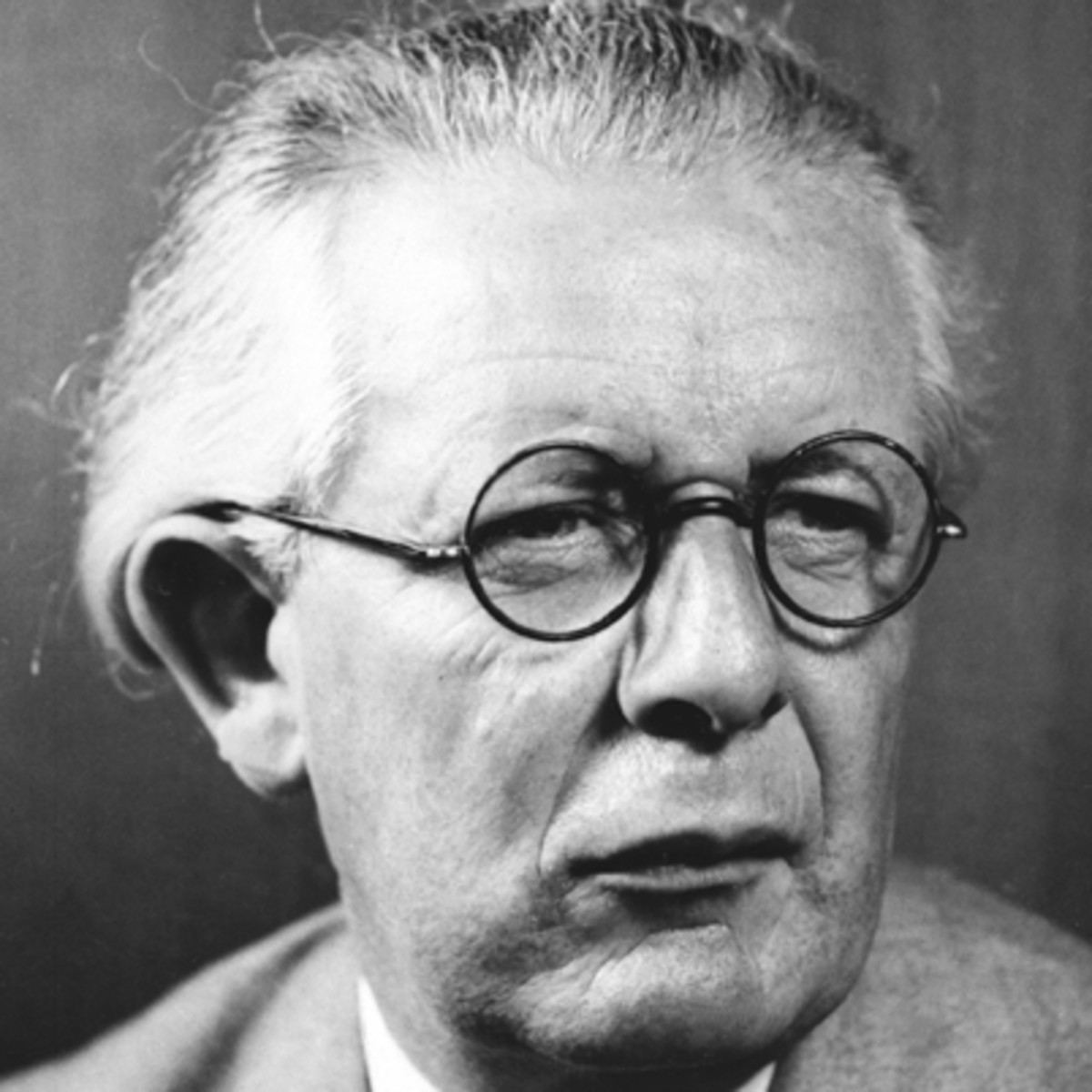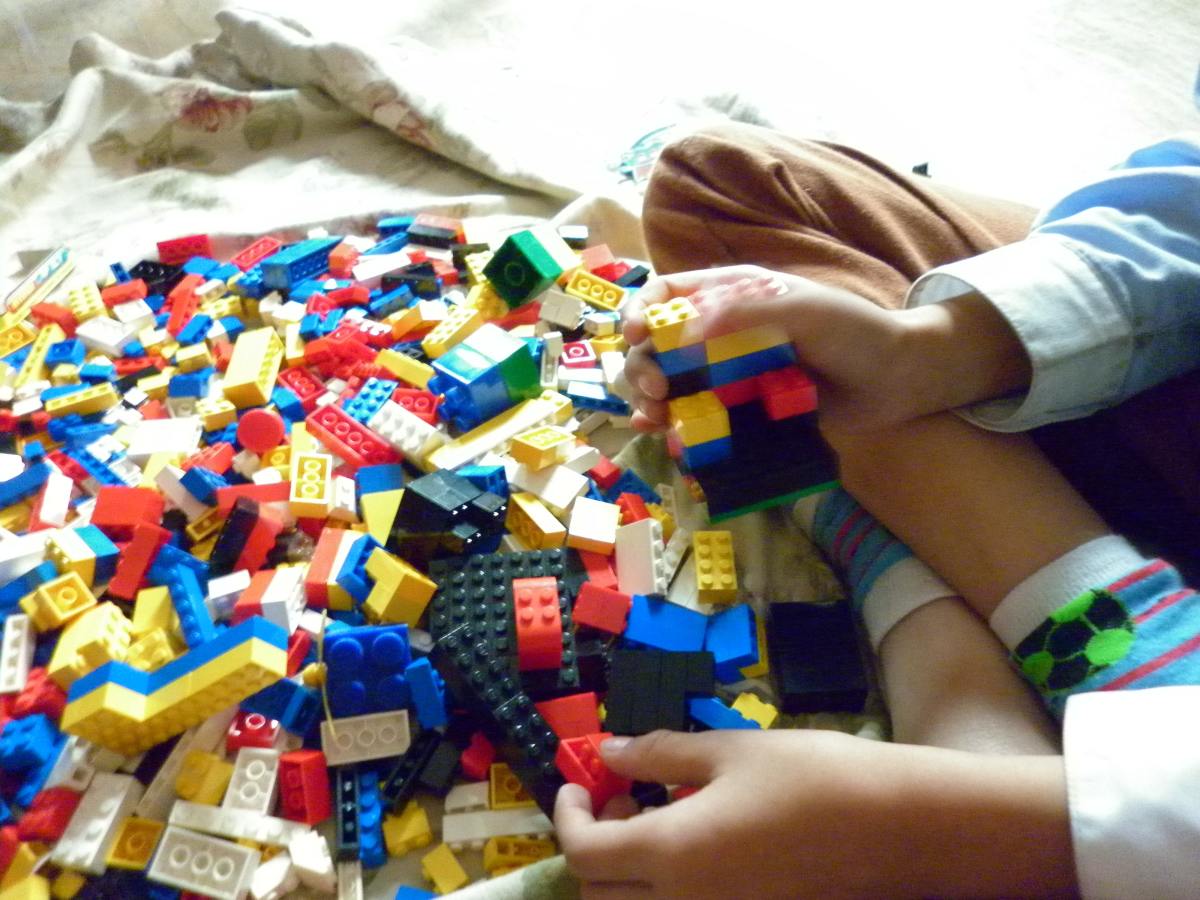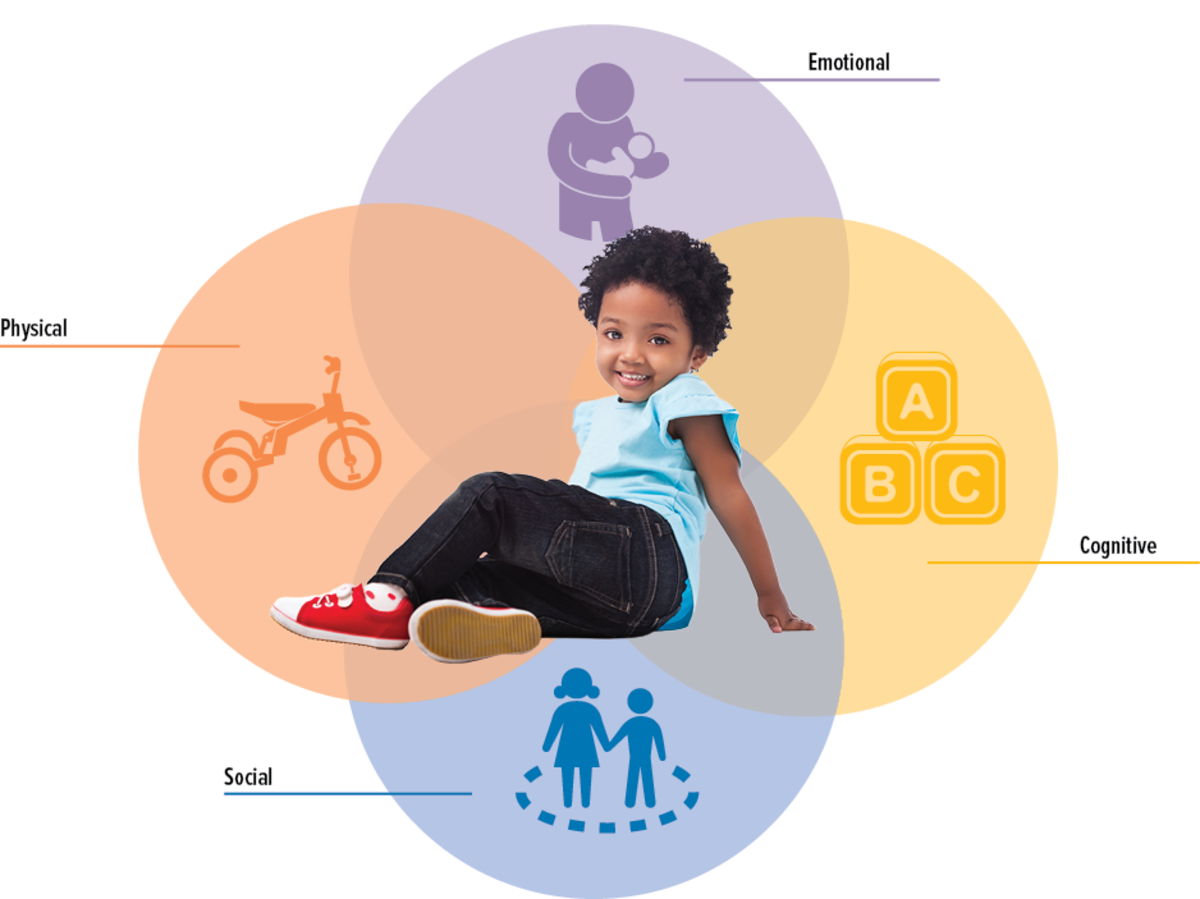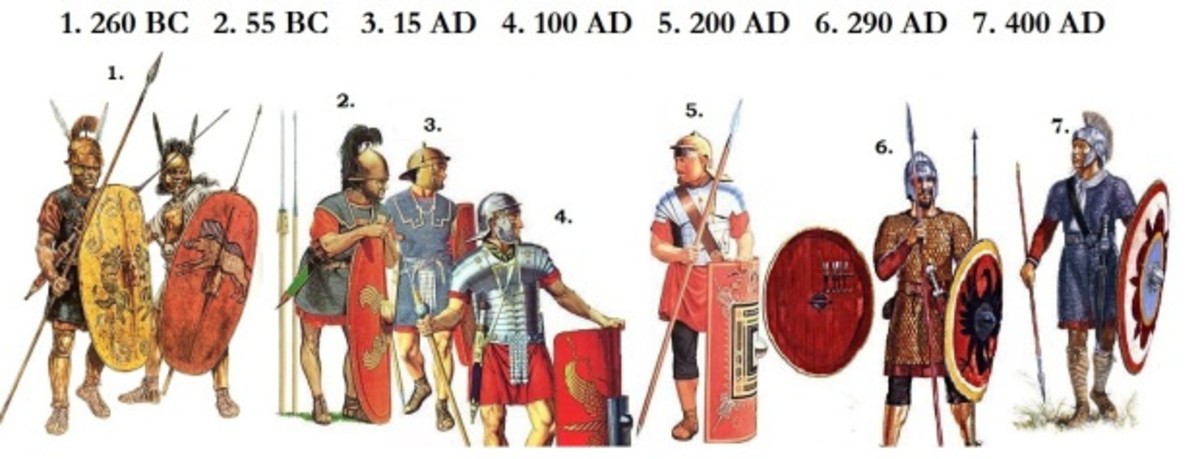Understanding the Theory of Moral Development and Bullying
Child development is a wide field that encompasses intellectual, physical, and emotional growth. Physical growth, which is observable, could also be measured using simple instruments such as measuring tape or scale. However, emotional, mental, moral, and social growth cannot be easily appreciated or measured. Although individuals typically show clear progress concerning their development in their non-physical attributes, these changes reveal themselves in more complicated and subtle ways. Many theories of child development have been developed by various experts.
In essence, moral development relates to the aspect of children learning to differentiate between right and wrong. They also learn to use this knowledge in making appropriate decisions when they encounter complex issues. In addition, this knowledge enables them to have independence and strength to act in accordance with the best decisions; that is, doing the right thing at the right time. Similar to other development components, such factors as family experiences, other adults, peers as well as their maturing cognitive, physical, social, and emotional skills shape morality.
As has been mentioned earlier, several theories have been put forward to explain when and how morality develops among children. However, these theories contend that moral development among children is not generic but occurs in stages. In addition, children learn morality from those who are closer to them from the time they are born. Caregivers are important figures in building strong moral values among children by instilling in them the required morals.
Kohlberg's Model and its Application to Bullying Programs in Schools
In accordance with Kohlberg model, children, especially in their middle childhood development stage, will typically display a pre-conventional moral reasoning. Such children will internalize the fundamental culturally prescribed rules and values that govern wrong or right behavior. For instance, children will develop an appreciation that it is immoral to steal from other people and that they have to be given or earn things rather than taking them without the owner’s permission. Children will develop a tendency abiding by these rules, but for selfish reasons as a means of obtaining praise and evading punishment. At this level, they will appreciate their capability of making different types of decisions and the reality of the outcome related with such choices. These children also realize that good behavior will lead to praise, as well as positive regard from adult and their peers.
On the other hand, these children also learn that, decisions that are bad in moral aspects generate unpleasant outcomes and negative remarks from adults and peers. They will then tend to act accordingly in a manner that is hedonistic in order to maximize their individual satisfying outcomes. Between 10-12 years, children begin showing an appreciation of what is regarded as “idea reciprocity.” This method determines what is “fair” based on equality appreciation between relationship partners and a desire of treating people well since they would also like to be treated well by others. By use of an ideal reciprocity, children at the middle age level and older ones begin to make moral decisions that are based on how they would like to be treated by others and not necessarily for their own selfish interests.
The theory of moral development postulated by Kohlberg is still relevant in today’s perspective and the education systems can address bullying issues using this model. To achieve this, they can implement moral education in their education systems that will instill moral values. This way, children will understand that bullying others is a vice that needs to be avoided since they may not wish the same to happen to them. It is possible to address the issue of bullying in school by using Kohlberg’s model of moral development. The principles in the model can be applied in the education system that will eventually become the school culture. Educators could also apply the model’s principles in instructional and disciplinary procedures, community based service projects, and district programs. The school wide disciplinary procedures, district wide programs and community services may form the principles of moral development in Kohlberg’s model.
In classroom settings, educators may include the aspect of role-playing and the use of scenarios to instill moral values. They can as well develop tests that employ questions specific to particular scenarios. In addition, the educators can come up with projects and evaluations where these children are expected to apply moral skills. Other means include coming up with strategies of incorporating the input from children into classroom and school disciplinary process and writing tasks for disciplinary infringements within the classrooms. Educators can also develop procedures for assessing these writing assignments and involve parental contact in these procedures.
The Bully Free Classroom Program
The Bully Free anti bullying program is designed to stop bullying and promote a sense of belonging to all children. The program is also committed at stopping and preventing bullying not only at the school environment, but also in all types of environments such as playgrounds, homes and so on. Its aim is to promote the golden rule, which requires individuals to treat others the same way they would like to be treated. This program is aimed at teaching children the necessity of treating their peers with dignity. This perspective is in line with Kohlberg’s sixth stage of moral development, which emphasizes equality for all human rights and respect for one’s dignity as the highest human order. Therefore, it is clear that the Bully Free Classroom Program is supported by Kohlberg’s model, which requires students to develop mutual respect and empathy towards others.
It is vital to note that the Bully Free Classroom Program accords the learners the needed opportunity in producing sensitivity, respect for human dignity, and understanding that cannot be taught through other means. Through this program, children are able to understand how bullying, contrary to some assumptions, is abnormal, unnatural, and unacceptable. This can be explained by the fact those subjected to bullying are hurt both physically and emotionally. What is more, those who engage in bullying others may grow up to be abusive individuals even in their adulthood and, thus, affecting their personality. In addition, those who witness bullying are intimidated, distracted, and upset from the act. The program, therefore, enables students to learn and understand the implication of this vice from both perspectives.
Conclusion
In conclusion, Kohlberg’s model of moral development is quite relevant even in the present day. Moreover, educators have found it useful in applying this model to solve disciplinary issues such as bullying. They do this though various programs and disciplinary procedures, which are aimed at checking indiscipline






